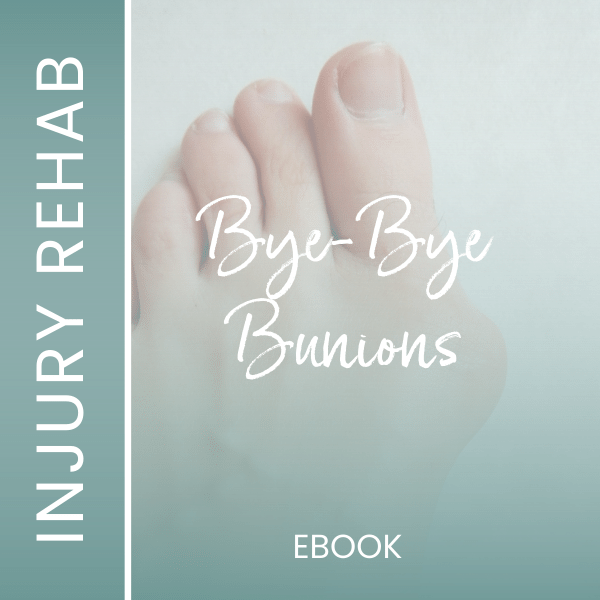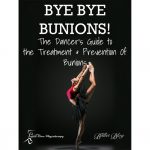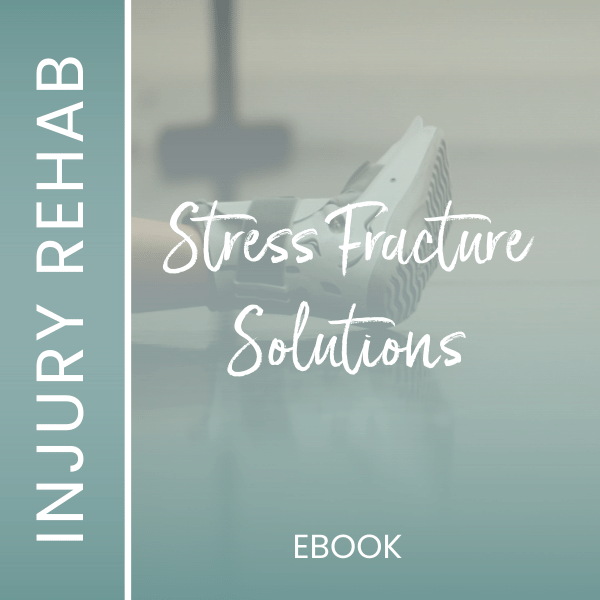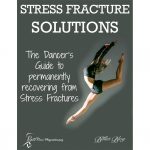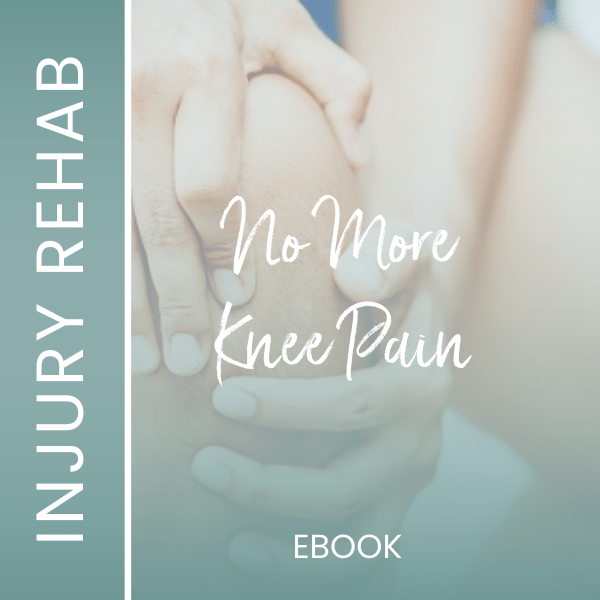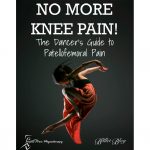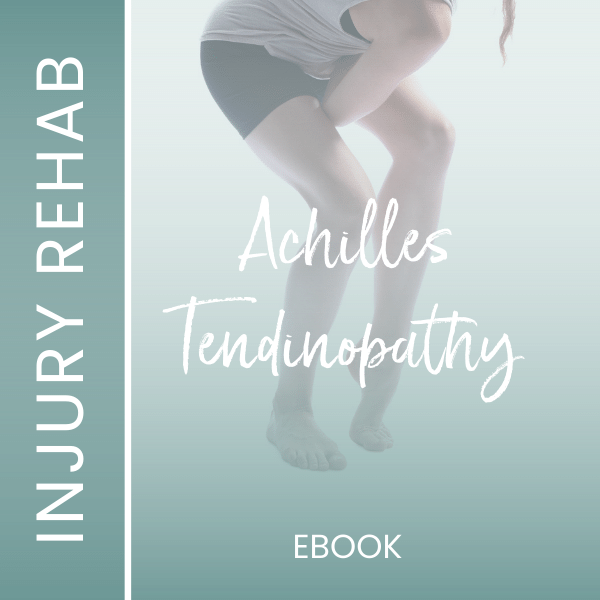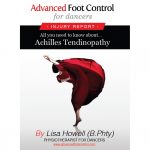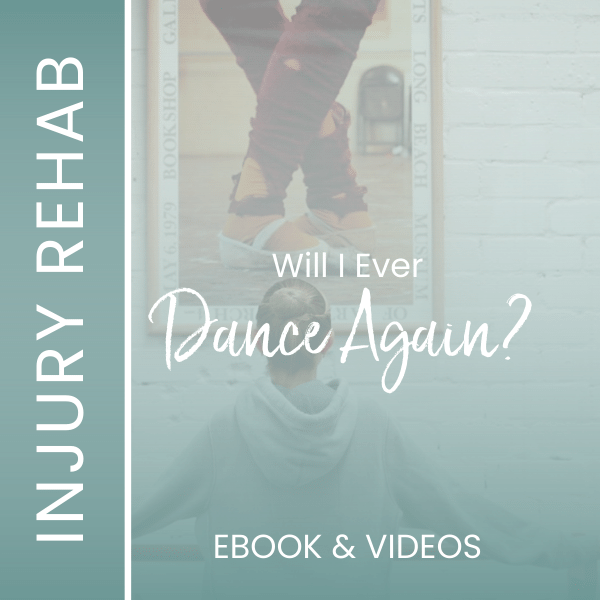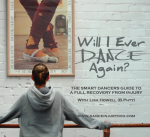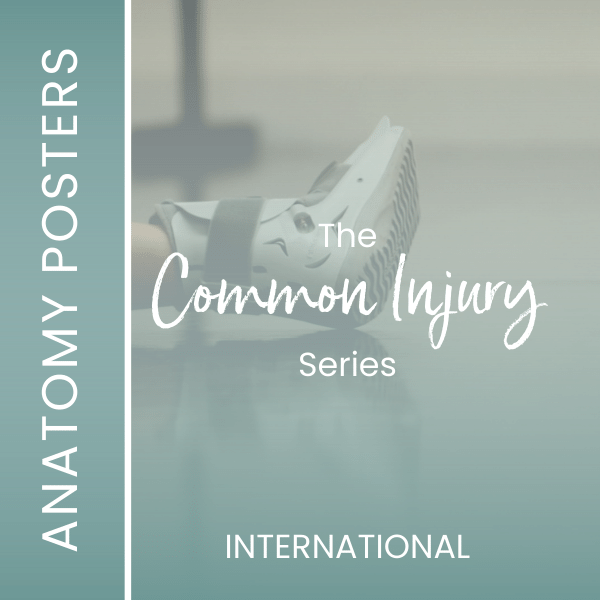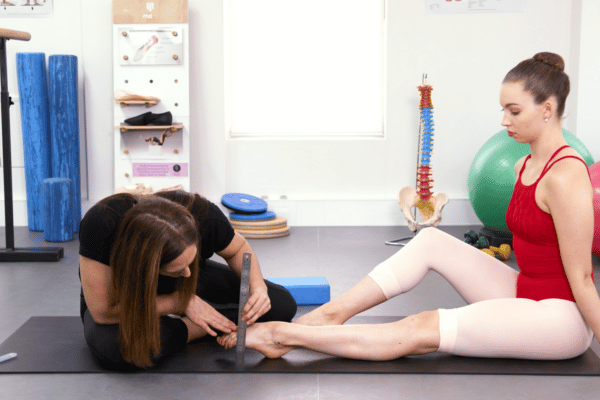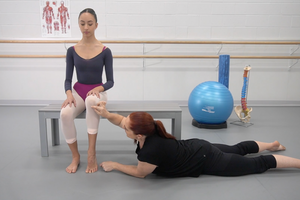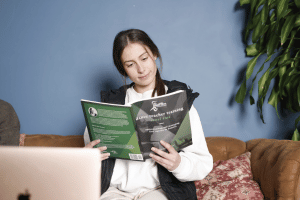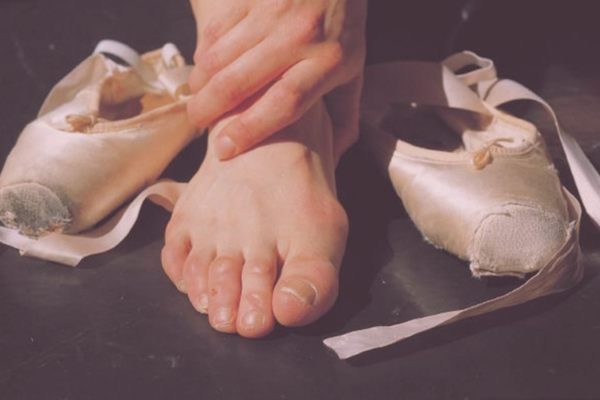What Exercises should you use for Plantar Fascia Pain?
The plantar fascia is an extraordinary structure that stretches along the full length of the foot and is very important in getting good propulsion in jumps and in walking. However, it is designed to cope with strain in an on and off kind of way, rather than be under constant load. Treating the sole of the foot will rarely fix the problem and often requires the structures around the plantar fascia to be treated to see change.
The three big things that need to be addressed to really fix the issue are:
- Muscular support of the arches of the foot
- Fascial mobility throughout the body and especially the lower leg
- Gentle support to reduce the load on the fascia while it heals.
1. Muscular support of the arches of the foot
The foot is designed in such a way that it has 3 dynamic arches that are designed to move and flex as we move, rather than be held in one place. These are supported by complex slings of muscles and fascia that work together to power us forward. However, if there is a weakness in the muscles that support the position of the foot, a constant strain is placed on the plantar fascia and it will start to get sore.
Stretching and massaging the plantar fascia will actually often make it feel worse, as it is already inflamed. We need to retrain the muscles that support the arch to take the load off the fascia long term. This can be done with all of the foot intrinsic exercises in the Advanced Foot Control program (especially the ‘Doming’, ‘Toe Swapping’ and ‘Tripod Foot’ exercises). Make sure that when these exercises are done, the heel stays square and the arch stable (not rocking the foot in and out). They need to be done very slowly and deliberately to get the best effect.
The Plantar Fascia of the sole of the foot has direct connections up onto the fascia that runs along the whole back part of your body. Thomas Myers describes this as the “Superficial Back Line”. Tension anywhere in the backline can cause pulling and tension down into the sole of the foot, so it is important that when dealing with any issues with the plantar fascia we also look at the mobility of the fascia throughout the back of the body. The Front Splits Fast Flexibility Program is the perfect way to assess and treat the whole backline, and your student will notice dramatic changes in her overall flexibility once she can isolate and release her own tension points.
See our video on cupping which helps relieve any fascial tension in the lower legs.
3. Supporting the fascia
Providing some support to the fascia is essential in allowing the inflammation to settle while you build up the strength to control the foot yourself. A combination of a soft, heat-moldable orthotic in school/running shoes during the day and strategic taping for classwork is often the best option. This taping technique uses Dynamic Tape to reconstruct the dynamic arches of the foot. It is helpful in offloading an overly stretched plantar fascia and is also helpful for mild Achilles issues. Alternatively, or in severe cases, rigid strapping tape in a cross-woven web over the sole of the foot to mimic the plantar fascia may be necessary.
You can purchase Dynamic Tape HERE
To get the fastest and best recovery possible, I definitely recommend combining the three approaches above with a short period of rest from allegro and pointe work. You should still be able to do a flat barre and adage to maintain her strength (especially with appropriate taping) however if it is very painful, you may have to wear supportive runners in class instead of ballet flats.
Foot Injury Resources
If you are looking to delve deeper into how to best manage dancer's foot injuries, check out the following programs:
- Will I Ever Dance Again: The “Will I Ever Dance Again?” program is perfect if you are unable to train at full capacity, whether this is due to a foot injury, surgery, an accident or illness outside of the studio. It helps you build back to full capacity gradually while maintaining strength, flexibility and control in the rest of the body.
- Level One Dance Teacher and Therapist Training: This unique course covers a multitude of assessment and treatment techniques to individualise a dancer's training. With special focuses on Postural Control, Core Stability, Flexibility, Basic Classical Technique, The Dancers Hip, Allegro, Spinal Mobility and Arabesques, it is suitable for anyone working closely with dancers.
-
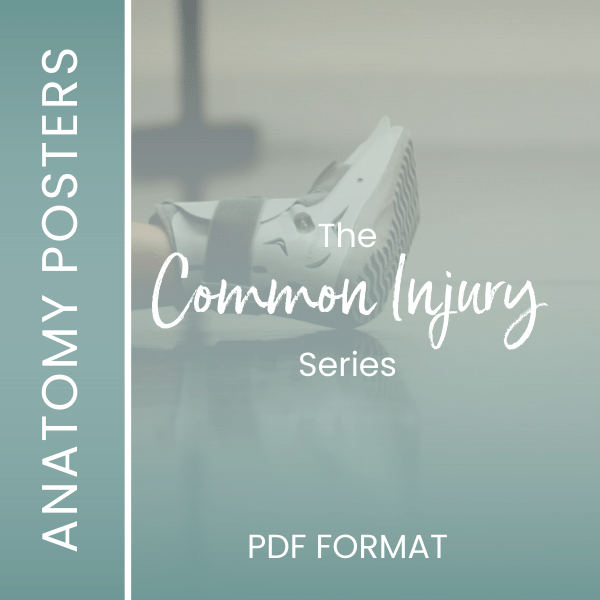
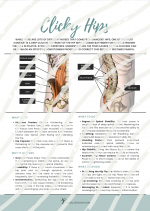 This product has multiple variants. The options may be chosen on the product page
This product has multiple variants. The options may be chosen on the product pageCommon Injury Series – PDF Posters
$10.00 – $40.00 -
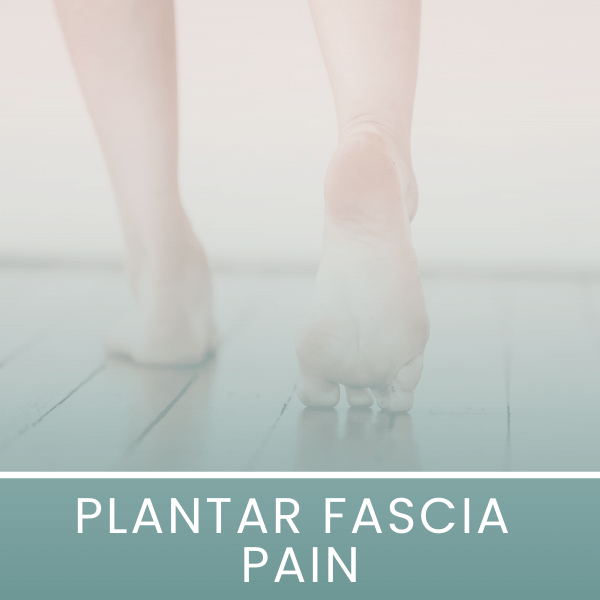
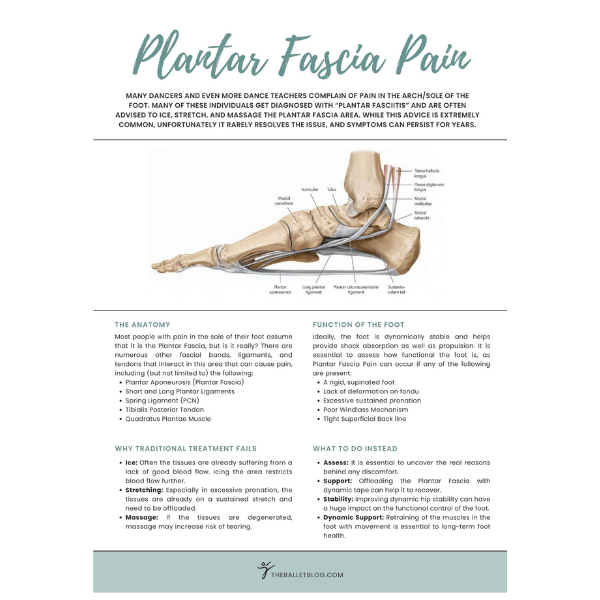 This product has multiple variants. The options may be chosen on the product page
This product has multiple variants. The options may be chosen on the product pagePlantar Fascia Pain (Common Injury Series)
$25.00 – $35.00 -

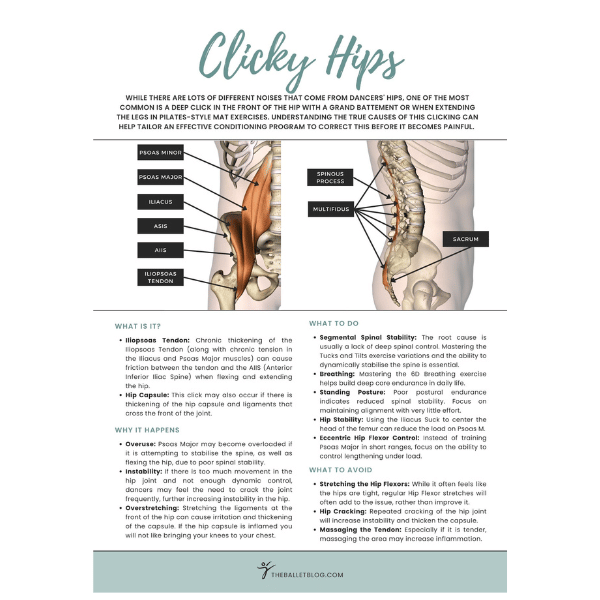 This product has multiple variants. The options may be chosen on the product page
This product has multiple variants. The options may be chosen on the product pageClicky Hips (Common Injury Series)
$25.00 – $35.00 -
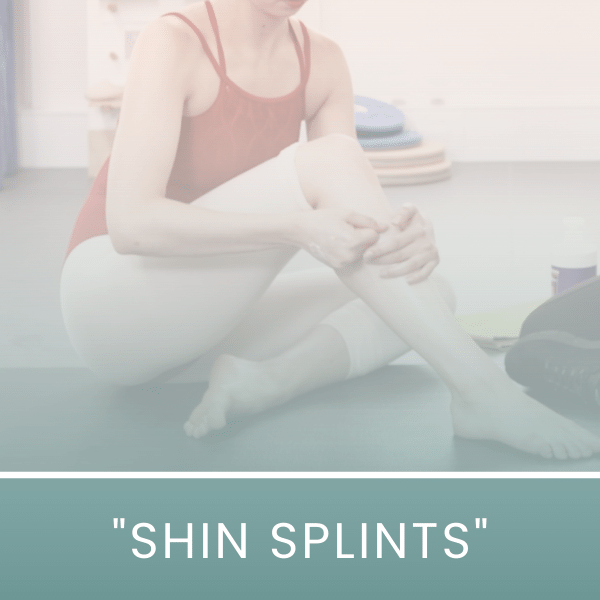
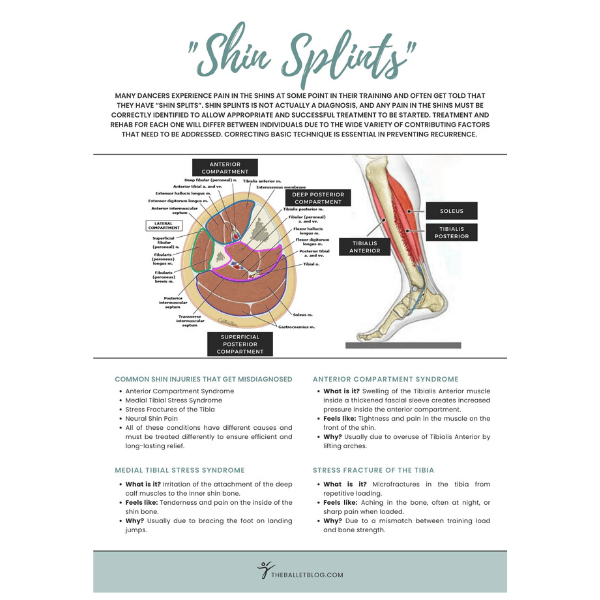 This product has multiple variants. The options may be chosen on the product page
This product has multiple variants. The options may be chosen on the product pageShin Splints (Common Injury Series)
$25.00 – $35.00 -
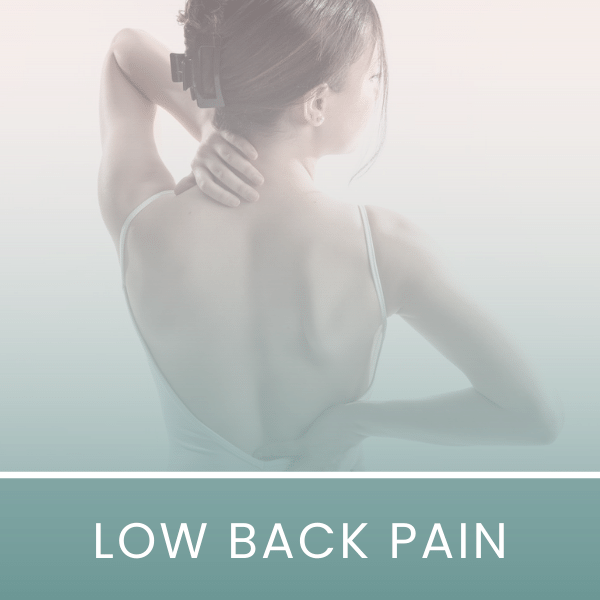
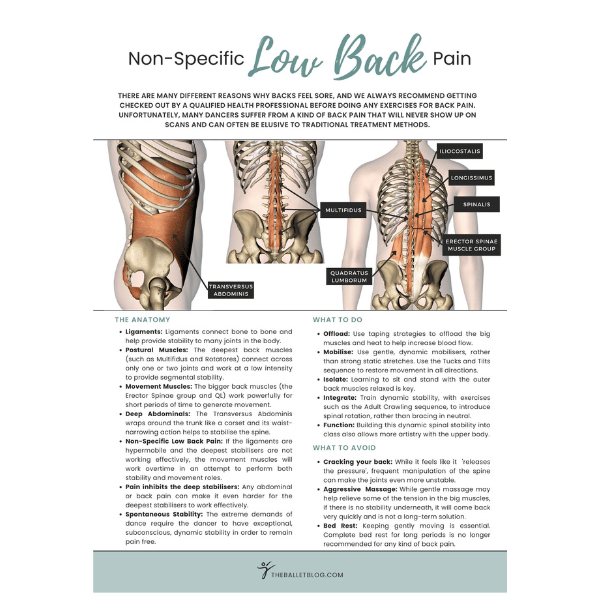 This product has multiple variants. The options may be chosen on the product page
This product has multiple variants. The options may be chosen on the product pageLow Back Pain (Common Injury Series)
$25.00 – $35.00

